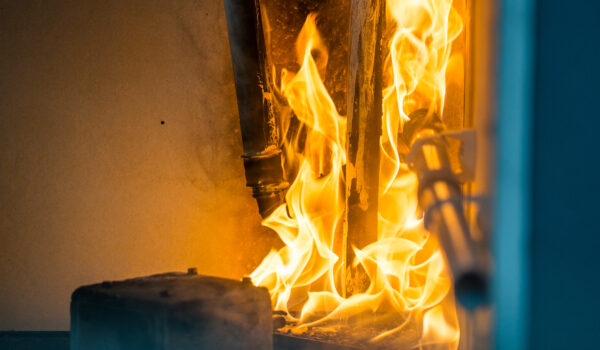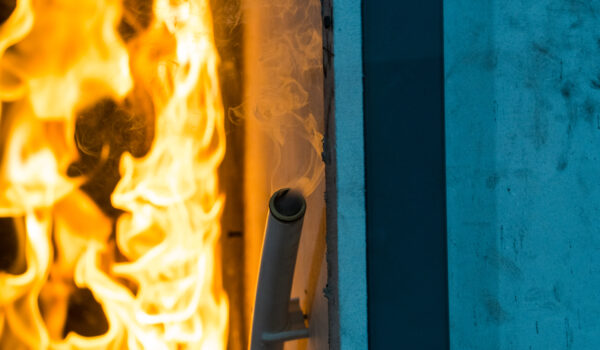A new study from the Environmental Science: Water Research & Technology journal has found that thermal degradation in plastic drinking water pipes, such as PEX, HDPE, PP, PVC and CPCP, may be a source of drinking water contamination.
The study, which aimed to identify the source of drinking water contamination in areas suffering from wildfires, applied heat to plastic water pipes commonly used in buildings and water systems to see how the material would react to a nearby fire.
Identifying potential issues not only linked to wildfires but potentially urban fires too, the tests showed that exposing plastic drinking water pipes to heat caused more than 100 chemicals to leach into the supply.
Testing eleven drinking water pipes, supplied by eight brands, the study exposed the pipes to elevated temperatures and found that ten of the eleven materials leached benzene, a known carcinogen, into water.
Wildfires causing toxic chemicals
The test results follow widespread wildfires in California last year that caused toxic chemicals to be released into the water supplies of at least two communities; with one sample presenting benzene at 40 times above California’s drinking water standard.
Drinking water contamination following wildfires has been an ongoing source of confusion amongst authorities since the phenomenon was first discovered back in 2017.
Two wildfires in 2017 and 2018 resulted in chemicals being discovered in buried water distribution networks, with some reaching levels at a similar scale to hazardous waste – this was despite no contamination being found at the water treatment plants or drinking water sources.
Tests in the areas affected revealed that volatile organic compounds had reached levels that posed immediate health risks, including benzene at a level that was 8,000 times the federal limit and 200 times higher than the level thought to cause immediate health effects (including – among other risks – dizziness, headaches, skin and throat irritation and even unconsciousness).
Raising concerns over long-term safety
With plastic pipe use on the rise in drinking water systems, from transportation of water to plumbing within houses, this discovery raises concerns around the long-term safety of these cheaper materials.
The tests were designed to expose plastic pipes to the heat from a wildfire that radiates towards a building but wasn’t enough to cause the pipes themselves to catch fire.
Benzene and other chemicals were generated inside the plastic pipes while they were heated then, when cooled, the chemicals leached into the water supply. This process was found to begin at temperatures as low as 200°C, raising concerns as temperatures during a fire can exceed 760°C.
First discovery of chemicals leached into water
Previous studies had already shown that plastics could release benzene into the air when heated, however this is the first report that evidenced how plastics can cause chemicals to leach into water directly.
Following the disastrous Californian Camp Fire in 2018 it is estimated that compromised plastic pipes would require more than 100 days of non-stop water rinsing to be safe for use. Without successfully rinsing plastic pipes, it is estimated that chemical leaching could go on for months and years; in these instances, boiling water still doesn’t help and can instead end up releasing the benzene into the air.
The study has renewed calls to evaluate the materials used in properties and developments, with publications encouraging insurance companies to use pricing to encourage cities to install fire-resistant pipes, using materials such as copper instead of plastic.
Learn more about the benefits of copper over plastic below.

